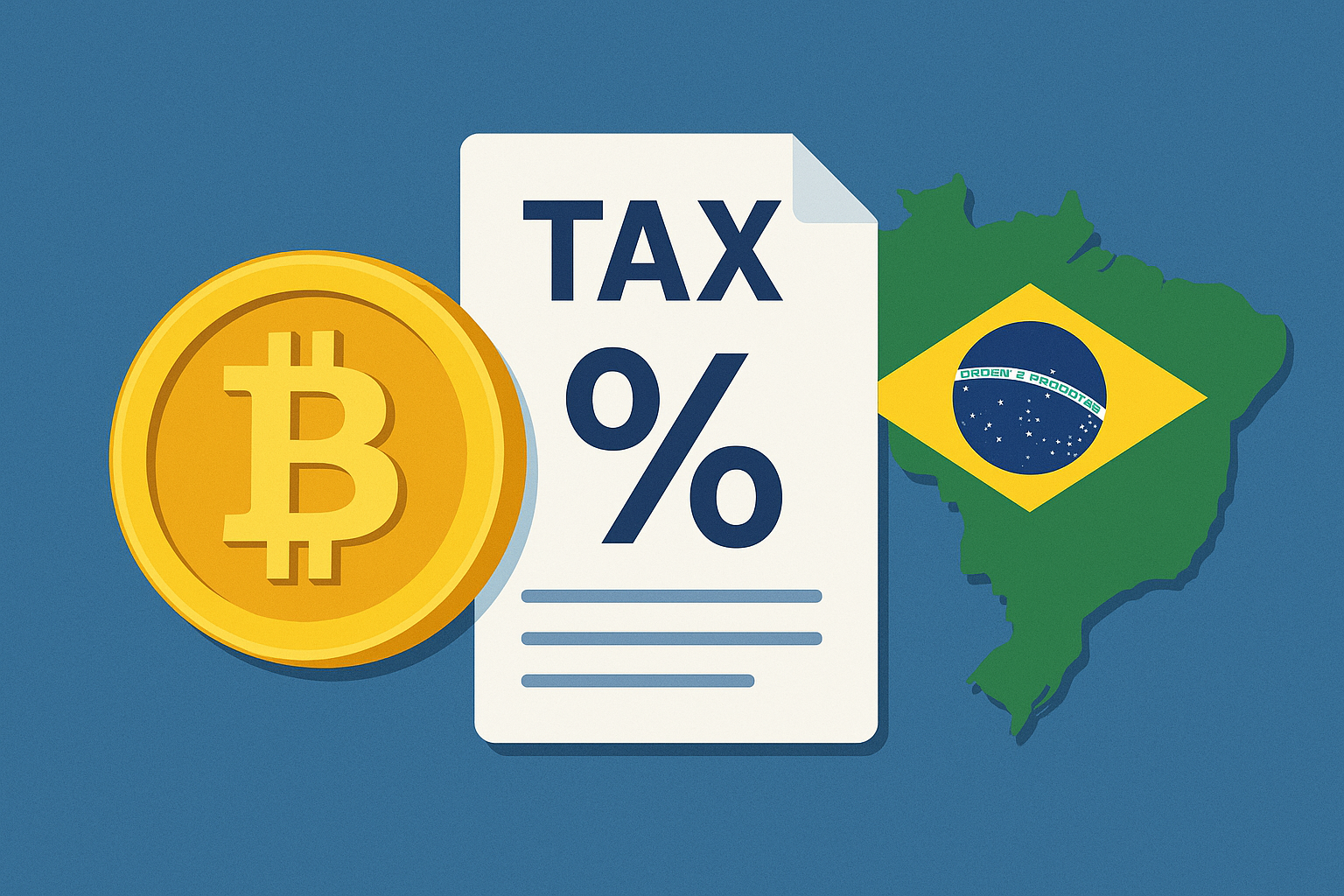Cryptocurrency News
The Shifting Landscape of Crypto and Altcoins: Trends and Developments in 2023

In the ever-evolving world of cryptocurrency and altcoins, 2023 has proven to be a year of remarkable growth and transformation. As these digital assets continue to gain popularity and acceptance, several key trends and developments have emerged, reshaping the landscape and influencing the future of finance. In this post, we’ll explore some of the most significant changes and innovations in the crypto space.
- Rise of Altcoins: While Bitcoin remains the flagship cryptocurrency, altcoins have gained considerable traction in 2023. Altcoins are any digital currencies other than Bitcoin, and they offer diverse features and use cases. Ethereum, in particular, has seen substantial growth, thanks to its smart contract capabilities, which have paved the way for decentralized applications (dApps) and decentralized finance (DeFi) platforms.
- DeFi’s Ongoing Evolution: Decentralized finance has continued to grow in 2023. DeFi platforms offer a wide array of financial services, such as lending, borrowing, and yield farming, without the need for traditional intermediaries. DeFi projects have been working on improving security, user experience, and scalability, making them more accessible and appealing to mainstream users.
- NFTs: Beyond the Hype: Non-fungible tokens (NFTs) burst onto the scene a few years ago and were initially seen as a novelty. However, NFTs have proven to be much more than a passing trend. In 2023, they have found applications in various sectors, from art and entertainment to gaming and real estate. The ability to prove ownership and authenticity of digital assets has turned NFTs into a significant tool for creators and collectors alike.
- Regulation and Compliance: Governments and regulatory bodies have been closely monitoring the cryptocurrency space. Some have taken steps to establish regulatory frameworks for crypto, while others are in the process of developing guidelines. This increased regulatory attention is indicative of the growing importance and acceptance of cryptocurrencies, as it seeks to strike a balance between fostering innovation and protecting consumers.
- Interoperability: In 2023, projects focused on interoperability have gained attention. Interoperability solutions aim to enable different blockchains and networks to communicate with one another seamlessly. This is crucial for the development of a decentralized internet and will likely play a pivotal role in shaping the future of crypto.
- Layer 2 Scaling: Ethereum’s transition to a proof-of-stake (PoS) consensus mechanism, coupled with the development of layer 2 scaling solutions, has been a significant turning point for the network. Layer 2 solutions like Optimistic Rollups and zk-Rollups are aimed at increasing the network’s capacity while reducing transaction costs and congestion.
- Sustainability and Environmental Concerns: Crypto’s environmental impact has come under scrutiny. The energy consumption of Proof of Work (PoW) blockchains, like Bitcoin, has led to debates about sustainability. As a response to these concerns, some projects are exploring more eco-friendly consensus mechanisms, such as Proof of Stake (PoS) and hybrid models.
- Central Bank Digital Currencies (CBDCs): Several countries have been actively exploring the development of central bank digital currencies. These digital versions of traditional fiat currencies aim to enhance efficiency and security in payments and financial systems. The adoption of CBDCs could have a profound impact on the world of cryptocurrencies and the broader financial industry.
- Institutional Adoption: Institutional investors continue to show interest in cryptocurrencies as an asset class. Companies, investment funds, and even traditional banks are exploring ways to integrate digital assets into their portfolios. This growing institutional acceptance adds legitimacy and stability to the crypto market.
- Cryptocurrency in Emerging Markets: Cryptocurrency adoption is booming in emerging markets where access to traditional financial services can be limited. In regions like Africa and Southeast Asia, cryptocurrencies are being used to facilitate remittances, payments, and investments.
- Decentralized Identity: The concept of self-sovereign identity, enabled by blockchain technology, is gaining traction. Decentralized identity solutions offer users greater control over their personal information and reduce the risk of data breaches and identity theft.
- Security and Privacy: As the value of cryptocurrencies increases, security and privacy have become paramount concerns. New security measures, privacy coins, and tools for safeguarding personal information are emerging to address these challenges.
- Educational Initiatives: With growing interest in crypto, educational resources and initiatives have also flourished. These include online courses, webinars, and community-driven efforts to educate the public about blockchain technology and digital currencies.
In conclusion, the crypto and altcoin space is evolving at a breakneck pace in 2023, with an array of new technologies and trends reshaping the industry. As cryptocurrencies move closer to mainstream adoption, it is essential for users, investors, and regulators to stay informed and adapt to these changes. While the future remains uncertain, one thing is clear: cryptocurrency and blockchain technology are here to stay, and their impact on finance, technology, and society is only just beginning.











